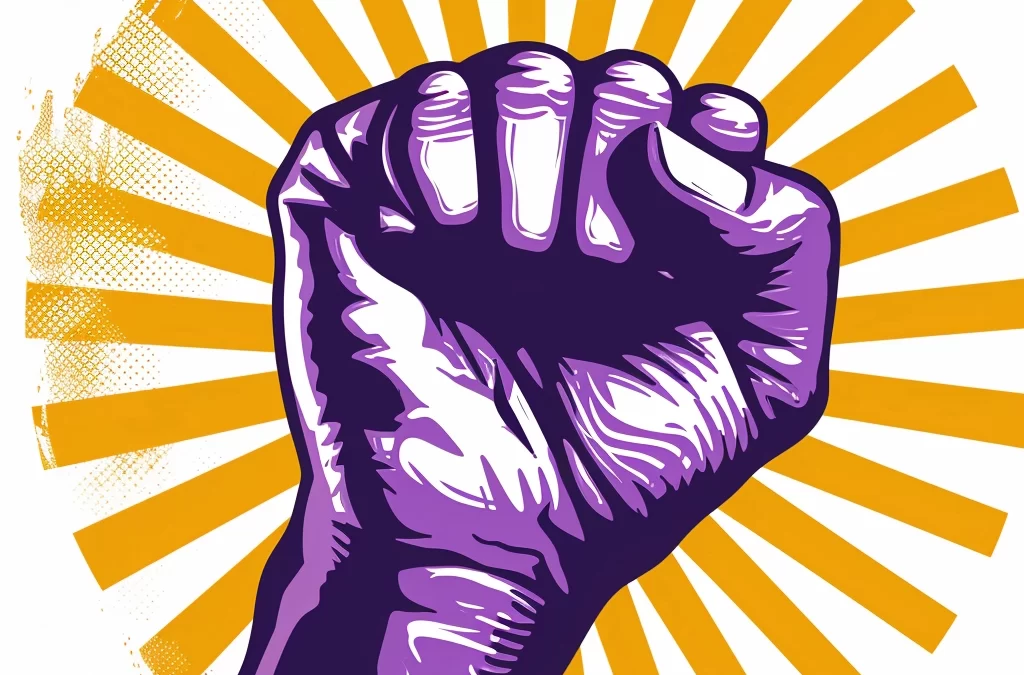There’s a common thread that runs through virtually every story of the legendary women who made a stand for social and economic justice: they overcame real and significant barriers at a time when women were fighting for simple equality. In the culture of their time, they faced biases based on their gender as well as their race, and yet, prevailed. They provided voices of inspiration in a time when few women were being heard.
There’s a common thread that runs through virtually every story of the legendary women who made a stand for social and economic justice: they overcame real and significant barriers at a time when women were fighting for simple equality. In the culture of their time, they faced biases based on their gender as well as their race, and yet, prevailed. They provided voices of inspiration in a time when few women were being heard.
Mary Harris “Mother” Jones made it her mission to stand up for the rights of mine workers and children who worked in factories and mills under horrible conditions in the early 1900s. She was called “the most dangerous woman in America” for her efforts to organize mine workers and their families against the mine owners. In 1903, protesting against the lax enforcement of child labor laws in mines and silk mills, she organized a children’s march from Philadelphia to the home of President Theodore Roosevelt in New York.
“My friends, it is solidarity of labor we want … to solidify our forces and say to each other: We must be together; our masters are joined together and we must do the same thing,” said Jones.
Rose Pesotta was a feminist labor organizer who rose to vice-presidency of the International Ladies Garment Workers Union. Just a month after she arrived in Los Angeles in 1933, 4,000 workers walked off the job and went on strike, demanding 35-hour work weeks, being paid the minimum wage, and dispute arbitration. Six weeks later, under Pesotta’s leadership, the workers gained a shorter work week, sending the message to the garment bosses that women should not be discounted when it came to demands of dignity and respect.
Pesotta often said, “I always have the vision before me that the world is my country, and to do good is my religion.”
Today, as we use the Local 1000 Purpose Statement in our fight for social, economic and environmental justice, we can look back to the powerful, pioneering voices of these and many other women for inspiration and leadership
